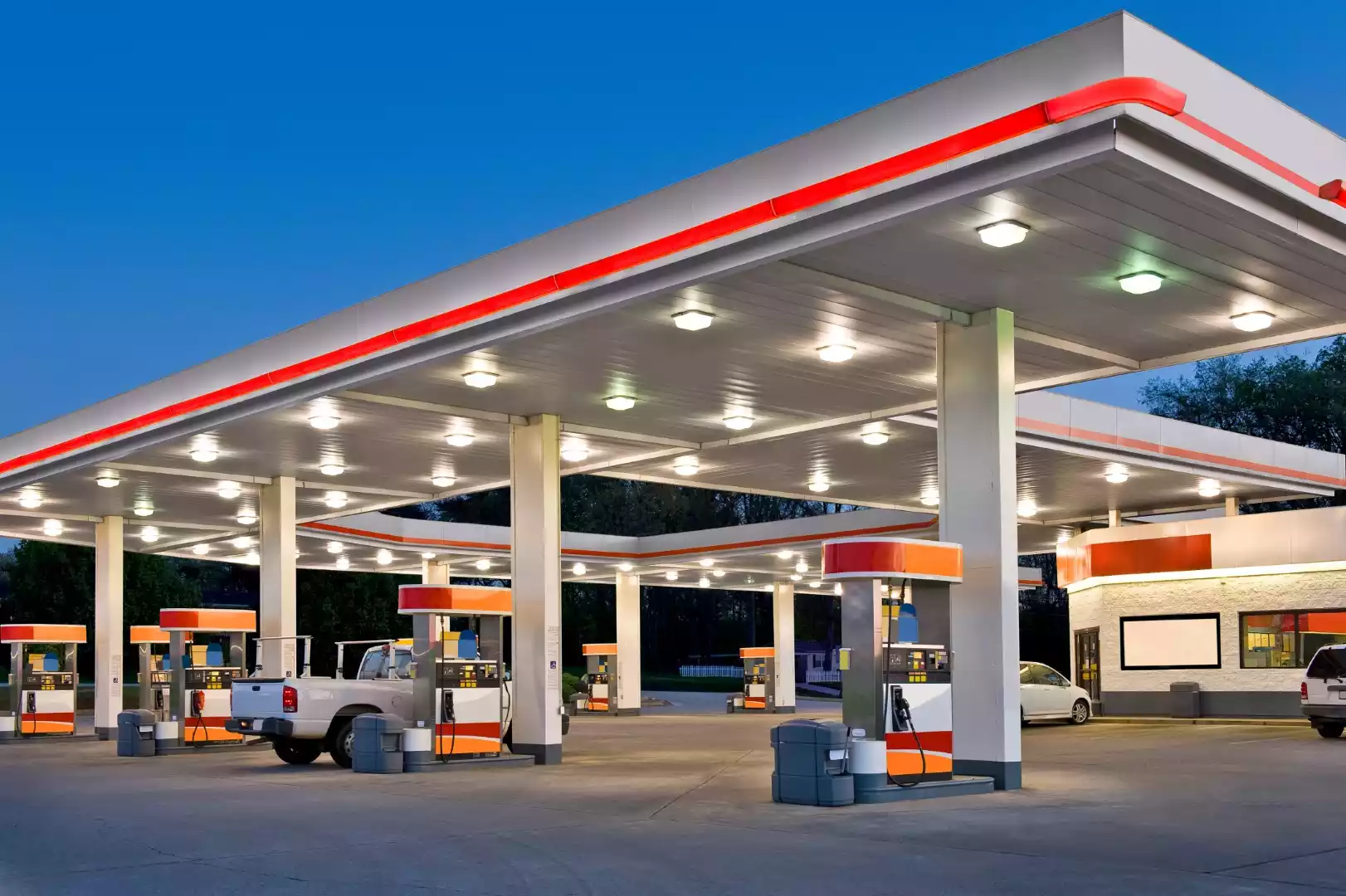I'm trying an experiment this week: running my 2020 Trax LT on shell Premium 91 octane instead of the usual Regular 87 octane it gets filled up with. I have noticed that when the ambient temperature gets past about 28 C (82.4 F), my Trax's engine seems to produce noticeably less power when heavily loaded, say when going up a fairly steep hill. I have done a bit of thinking about this, and have wondered if the intercooler that lowers the temperature of the compressed (and therefore heated) engine intake air charge is running up against it's design limits during very hot weather, with that higher ambient air temperature making it more difficult to reject sufficient heat from the intake air charge flowing through it into the hotter than normal outside air. If this is indeed the case, and the temperature of the incoming fuel/air charge is too high, it may be more prone to predetonate. The resulting "spark knock" should be detected by the knock sensor and the ignition timing retarded to stop it from happening, resulting in reduced engine power output. I suspect that switching to 91 octane may lessen or eliminate this power loss during hot weather, albeit at a higher cost in fuel. Today I drove my Trax until there was about 80km driving range left (and a single bar showing on the fuel gauge), and then filled it with Shell Premium 91 octane. The real test should be later this week, with temperatures well above 30 C forecast. It will be interesting to see how it works out.
Here are some relevant and interesting links on the subject:
Science Direct - Combustion Knock
Combustion Knock - an overview | ScienceDirect Topics
Note in particular:
"In order to benefit more from turbocharging without increasing compression temperature and causing combustion knock, the inlet air density must be raised further. Lowering engine compression ratio further, to permit higher turbocharger compression ratio, is unacceptable since engine efficiency suffers at all times. Two other options remain: charge air cooling and ignition timing retard, and both are used on virtually all turbocharged gasoline engines today."
"The influence of charge air cooling on knock-limited performance is shown in Figure 36; the lower temperature permits more advanced ignition timing before the onset of combustion knock, hence higher engine efficiency, boost pressure and performance (BMEP). In this figure, the BMEP gain due to charge cooling is approximately 15%, with an 8–10% advanced ignition timing. An air–air charge cooler is used to produce the minimum inlet manifold temperature and it is usually placed in front of or alongside the air–water radiator for the cooling system of the engine. For reasons of cost and compact installation, it is rarely possible to use a very large and effective air cooler, hence it is important to ensure a low pressure drop in the cooler and pipes so as not to offset the thermal effectiveness of the cooler on charge air density."
Also:
Road and Track - Premium Fuel Futures: A primer on high-test gasoline: Is it for you?
Premium Fuel Futures






